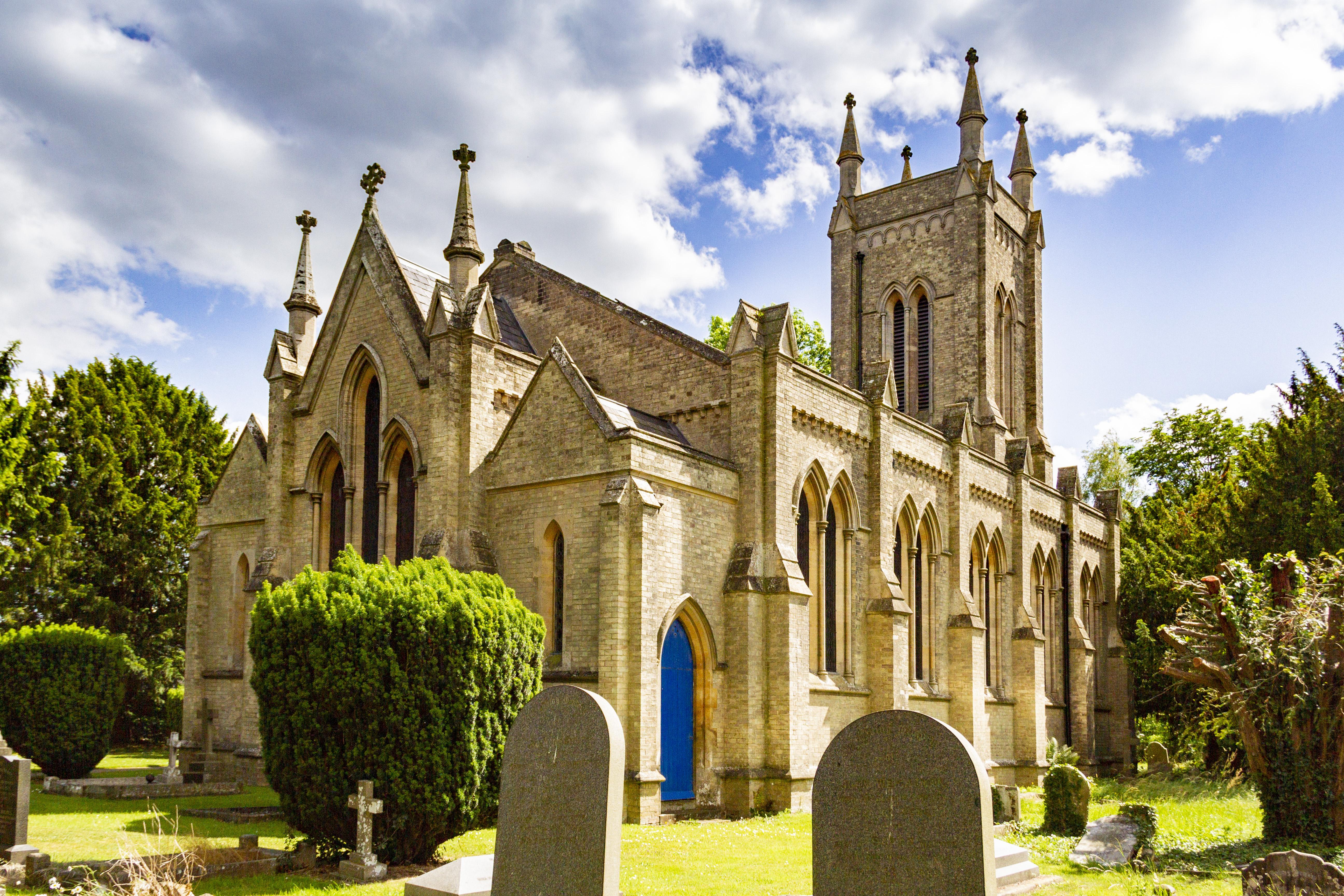Wragby Methodist Church
Wragby, Lincolnshire
Wragby Methodist Church celebrated its centenary in 1994, but is the third chapel on this site.

The first noticeable feature about All Saints is its position in the town, you see that this church does not face east.
Wragby, Lincolnshire
This fine Victorian church has a gallery, a rare early organ, a medieval stoup and a fascinating bell tower including 15th century bells. Fine stained glass windows depict ‘love, hope and charity’. The east window is also of particular note, being an unusual triple lancet window of Christ in Glory.
The former church had to be demolished because of its instability caused by subsidence. An 18th century drawing of the time shows the extent of the damage. The drawing was made by John Claude Nattes, who lived in London and exhibited regularly at The Royal Academy. He was commissioned by Sir Joseph Banks, in 1789, to record the buildings of Lincolnshire. This resulted in more than 700 drawings and watercolours, made between 1789 and 1797 of which, it seems likely, that this is one. The drawing shows the tower and chancel falling away from the main body of the church. The quality of the drawing is too good for the leaning tower and chancel to be poor draughtsmanship. The drawing suggests that the pinnacles were rebuilt vertically, having either become dangerous or perhaps one had fallen as a result of leaning of the tower.
Wragby, Lincolnshire
Wragby Methodist Church celebrated its centenary in 1994, but is the third chapel on this site.
Langton by Wragby, Lincolnshire
St Giles, situated in the tiniest of hamlets, is the birthplace of Stephen Langton, Archbishop of Canterbury from 1207-1228 and a central figure in the drafting and signing of Magna Carta in 1215 at Runnymede.
Goltho, Lincolnshire
A Tudor chapel by a lost village.